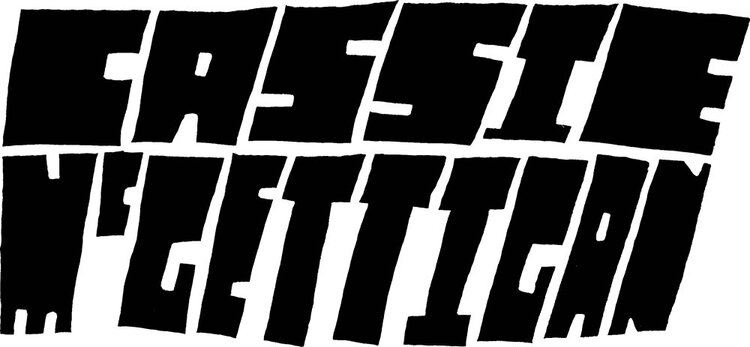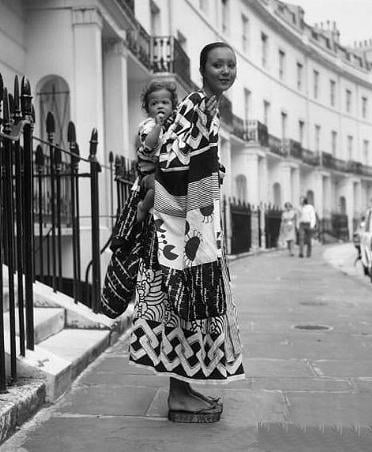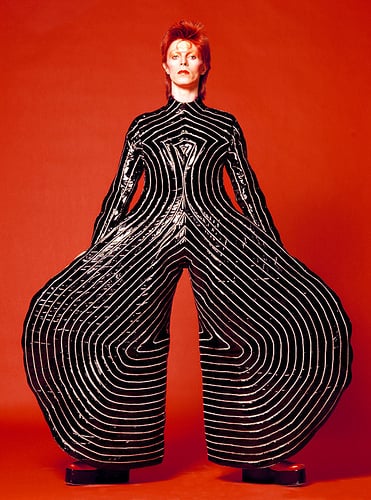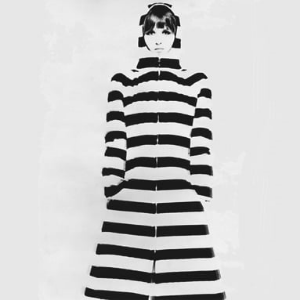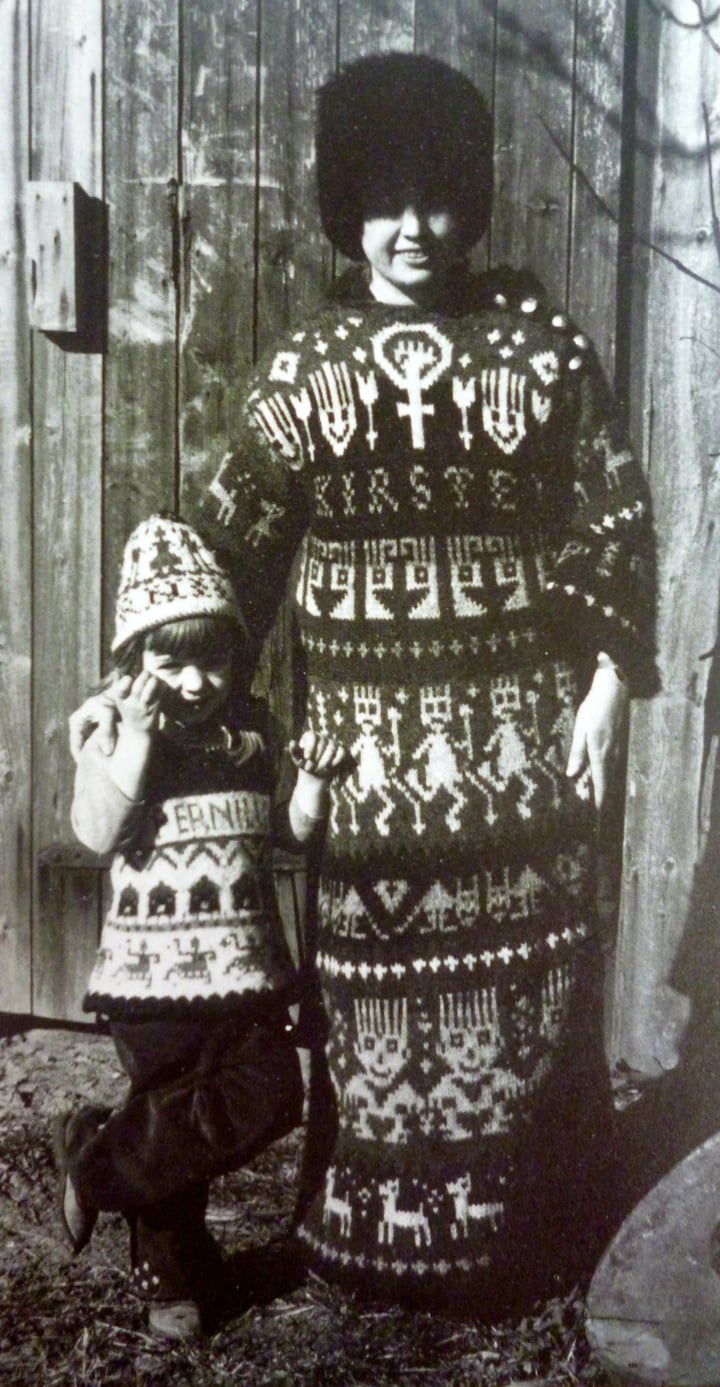Like everyone, I'm sad about David Bowie's passing and grateful for the time he spent on earth. The glory of his life as a totality is the deal, how he evolved all the changes over time. But also like most everyone, if I had to pick a favorite period, it has to be ⚡Ziggy Stardust⚡ Had anyone before or since looked better on stage? Therefore I did a little obsessive digging on Kansai Yamamoto, the designer behind those Ziggy Stardust wonderful costumes, that in my sadness I am happy to share with you.
In 1965, David Jones became David Bowie and began to study Japanese noh and kabuki theater with performance artist Lindsay Kemp at the London Dance Center. The kabuki traditions of onnagata—male actors specializing in playing women's roles—and hikinuki—a quick costume change when a character removes his disguises to reveal his true identity—intrigued burgeoning Bowie, who of course incorporated androgyny and layers of meaningful costume in his performances to come.
Photographed by Clive Arrowsmith for Vogue UK, October 1971
Meanwhile in Tokyo, the designer Kansai Yamamoto was developing his outré visual lexicon, drawing inspiration from geisha culture and kabuki. In May 1971, he became the first Japanese designer to present a collection abroad at the Great Gear Trading Company on the King’s Road in London. Bowie caught this show just as he was solidifying his Ziggy Stardust alter-ego, combining aspects of Iggy Pop and Lou Reed by way of Mars. It was obviously the right thing for him see at the right time. Bowie reached out to Yamamoto's stylist Yasuko Takahashi, who hooked him up with some (womenswear) pieces for his upcoming tour.
Its wasn't until later on in 1971 that Yamamoto met Bowie face to face backstage at Radio City Music Hall after watching him perform in clothing from the London presentation. They hit it off straight away and Bowie asked Yamamoto to design all the costumes for his 1973 Aladdin Sane tour. Thus we can thank Kansai Yamamoto, an actual "some cat from Japan," for much that we have to be grateful for in Ziggy.
The “Space Samurai” padded satin jumpsuit riffs on split-skirt hakama worn by Japanese samuri.
Photographs by Masayoshi Sukita
The "Toyko Pop" vinyl bodysuit, in addition to being an unforgettable interpretation of hakama, is the best tear away garment ever made.
Photograph by Masayoshi Sukita
A close second in terms of best-ever tear-away garment might be this white cape with kanji that spells out “David Bowie” phonetically and loosely translates as, “Fiery vomiting and venting in a menacing manner,” so I've read. Then with a quick yank at the snaps, Bowie would reveal the fierce "Woodland Creatures" tiny jumpsuit donned beneath:
At the Hammersmith Odeon where Bowie announced that he was retiring Ziggy Stardust.
A side note: Kate Moss got to wear this very tiny jumpsuit to accept the 2014 Brit Award for Best Male Solo Artist on behalf of Bowie. Cheating with the tights but OKayyyyyyyyy....
Back to 1973, please!
Yamamoto was already making knit unitards before he began working with Bowie, with graphic placements that referenced full body yakuza tattoos.
But his collaboration with Bowie was necessary to take the knit bodysuit with strategic graphic placements lewk to the other place. For example, perhaps it was Bowie, not Yamamoto, who brought asymmetry, glitter yarn, and upholstered ankle and wrist donuts to the table. It seems fair that they share attribution for this moment of creative genius.
Photograph by Masayoshi Sukita
Look at them enjoying their fitting, so sweet with Yamamoto so adorable in the matching mock turtleneck!
Still enjoying, I think.
This most spacemanish outfit also looks like a jumpsuit, but no....
Photograph by Masayoshi Sukita
On Mick Ronson's guitar
The finishing touch was hair and makeup. Yamamoto designed the electric red 'do in homage to the red lion dance wig used in kabuki. And famed onnagata Tamasaburo Bando V was conscripted to teach Bowie how to apply kabuki makeup.
After Ziggy Stardust came The Thin White Duke, with a lewk taken from Bowie's character in The Man Who Fell to Earth- not Kansai Yamamoto's territory. But Yamamoto carried on with his work in fashion and beyond. For example, fascinatingly, in 2010 he designed the Skyliner train that connects Narita Airport with central Tokyo. It's no Ziggy Stardust, but I'd take it.
